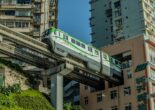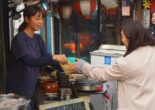Takadanobaba is one of the stations on the Yamanote line, and where the Seibu Shinjuku line leaves central Tokyo to head out in the western suburbs. It parallels the path that the shoguns took when they went falconeering, because Takadanobaba was where they kept their horses. This is one thing you can learn in this blog post, which tells you more about what you can do in Takadanobaba – including a unique cuisine which you will only find here in Tokyo.

Takadanobaba is one of the stations on the Yamanote line, two stops from Shinjuku. It is an older place than you may think. There are more things to see here than you may be aware of, and there is another good thing about this part of Tokyo that makes it easily accessible: everything is within walking distance.
Here are five things you may not know about Takadanobaba, but which make your visit more interesting.
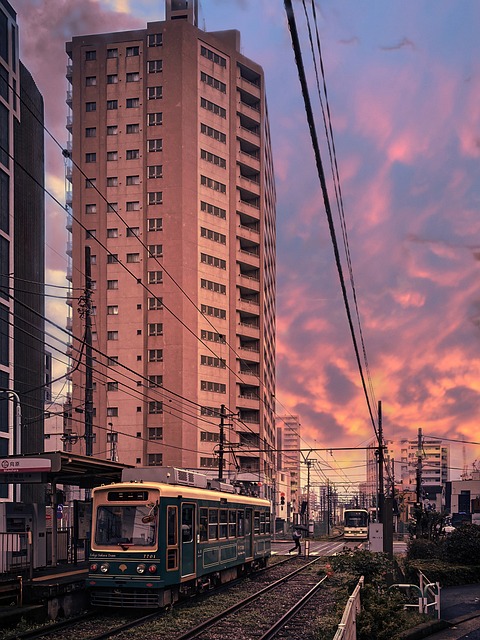
Change to the only tram in Tokyo
The end station of the Seibu-Shinjuku line is naturally in Seibu-Shinjuku, a station that neighbors Kabukicho, the infamous Shinjuku entertainment district. But the line crosses the Yamanote line in Takadanobaba, before it makes a tight western turn towards the stations in northern Nakano and southern Nerima, and onwards to Saitama. This is also where you change to the Tokyo Subway Tozai line, and a bit further down the Kanda river with the Fukutoshin line and the Sakura tram, the only tramline remaining in Tokyo, with the end station at Waseda, named for the university. Kanda river continues through central Tokyo and merges with the Sumida river in Asakusa.
Look for the shoguns stables
The name Takadanobana comes from the shoguns stables, and there are still stables in Takadanobaba. Takadanobaba (高田馬場) means “the high horses place”, and this used to be where the shoguns kept their horses, in a convenient location for riding out towards Nerima where they used to go falcon hunting. There is still a stable next to the Gakshuin University campus, even if the grounds are very small. They do not offer public riding lessons (for that you have to go to the Tokyo Riding Club at the northern end of Meji Jingu park), but it is interesting to see the horse riding, even if you can only do it from the outside.
Takadanobaba has several other parks. Toyama Park is fairly large and has several scenic areas with pools and waterfalls, well worth a visit in itself. And at the eastern edge of Takadanobaba, just before Edogawa, you will find the Higo-Hosokawa Garden, with sherry blossoms along the Kanda river which are a famous tourist attraction.
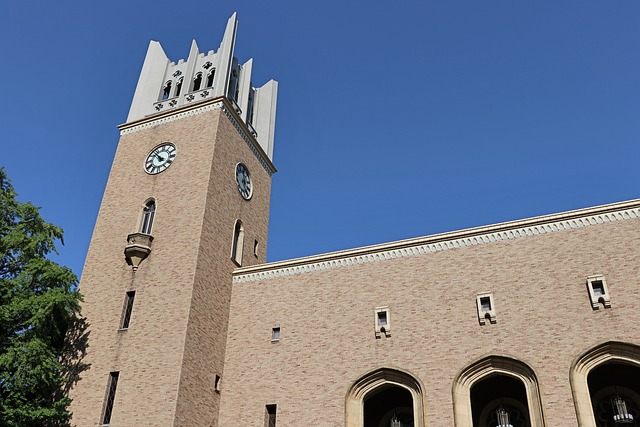
Enjoy the academic ambiance
The proximity to Waseda University (and several other universities) makes the station a student destination. It is usually not very noticeable, but during the commencement in March, the square outside the station will be packed with students celebrating their newfound freedom. Sometimes very loudly and drunkenly.
Waseda University is an internationally recognized research university, but there are several smaller universities in the Takadanobaba area, and countless language schools. In the traditional Japanese university system, getting into the right university, and the right research lab with a professor with the right connections would guarantee a job in a large respectable company, or with the government.
This is no longer the case – most Japanese companies are attempting to move away from the traditional employment system, where employment was based on seniority, and everyone from the graduating class was moved in lockstep through the career ladder. Lifetime employment is no longer a fact in Japan, and a competence-based career management is gradually replacing the old system.
But only gradually. It is still important to get into the right university to get a job, and it is so important to get into the right high schools and private schools, and even preschools. Some of them are located in Takadanobaba, and you will see the students going to school in the morning, in their jackets and round hats – and shorts, even in winter.
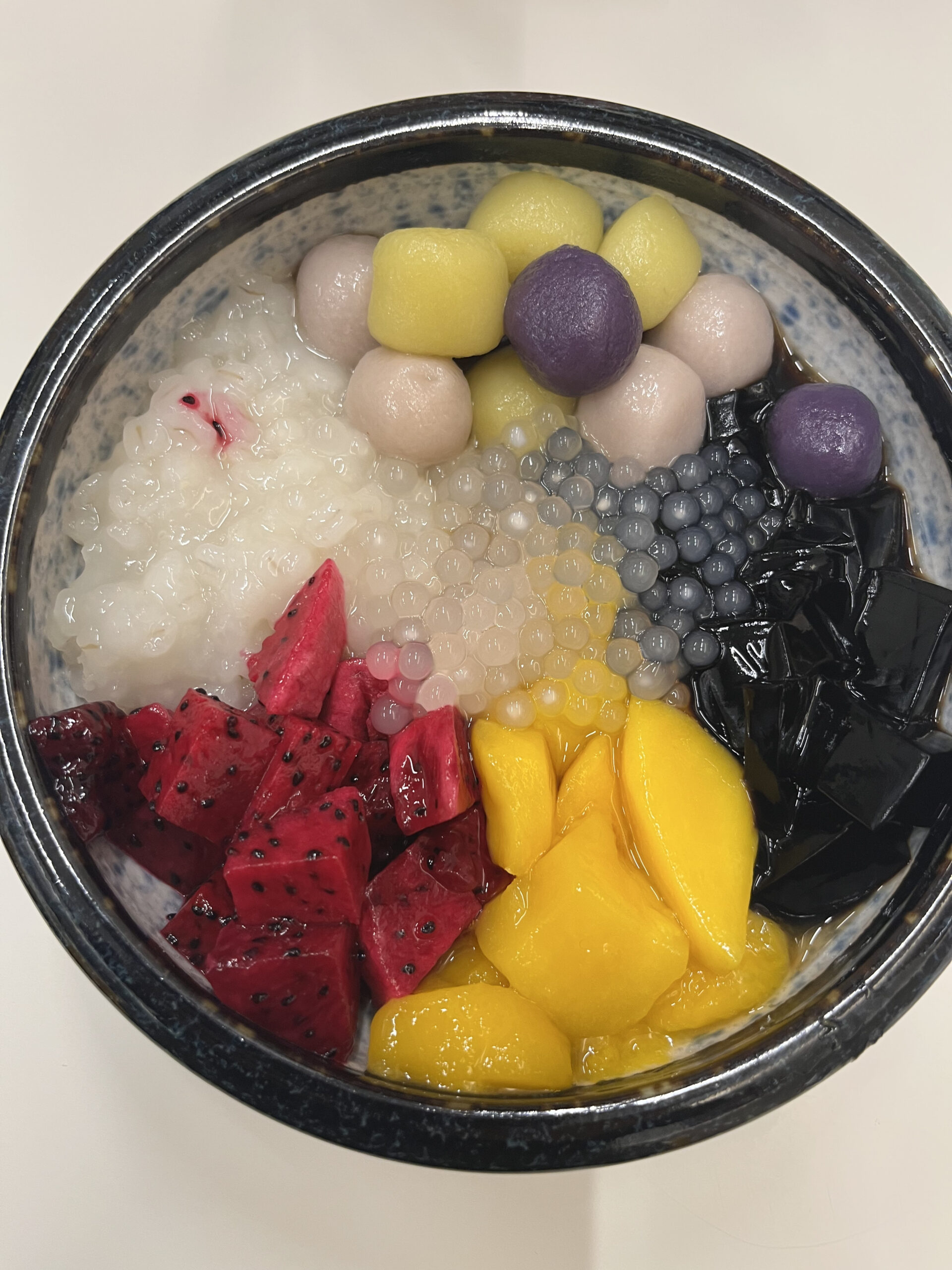
Try a Hong-Kong style dessert
There is a small Chinatown growing up between the station and Mejiro Dori. It started with ramen restaurants catering to the Waseda University students, and gradually the number of stores and the variety has grown to where the busy street is starting to resemble a slice of Hong Kong. Now, this is one of the few places in Tokyo where you can enjoy Hong Kong desserts. The Chinese restaurants along Waseda Dori not only feature a surprising number of Schezhuan restaurants but also modern Chinese street food restaurants of a kind that is hard to find outside major Chinese cities. Most of them are local but some are branches of major Chinese restaurant chains, opening in Japan for the first time. If you want to experience a little flavor of China during your Japan visit there is no longer any need to go to Yokohama Chinatown, you can get a small flavor of China right in the center of Tokyo, in Takadanobaba.
Enjoy Burmese cuisine
Takadanobaba has more Myanmar restaurants than any other part of central Tokyo, started and run by refugees from the violent military regime that rules the Southeast Asian country with an iron fist. The elected government headed by Nobel peace price winner Aung San Suu Kyi was overthrown a few years ago by the military junta which still rules the country.
Myanmar has a large number of ethnic groups and they fight among themselves and with the government. This means lots of refugees fleeing the country, many of them to Japan; and when they do, they – like many other refugee groups – open their own restaurants. In Japan, that means Takadanobaba, which has the biggest concentration of Myanmar restaurants in Tokyo.
The Myanmar cuisine is rather similar to that of neighboring Thailand, with less emphasis on the freshness of the ingredients, and heavier use of fermented and salted food. Since there are several ethnic groups sharing the country, there are a wide variation among the different curries and salads which accompany the rice or noodles, much as Thai cuisine is eaten in Japan. Unique ingredients include pickled tea leaves, which feature heavily in Myanmar cooking.
Thanks to the many Chinese and Myanmar restaurants, and to the proximity to Koreantown in Shin-Okubo which even spills over to Takadanobaba, this is one of the most international parts of Tokyo. But the international influence is everywhere, especially on the little restaurant street spinning off from Waseda Dori outside the northwest exit of Takadanobaba station. On the northwest side of Takadanobaba station is one of the best bah Minh (Vietnamese sandwiches) in Tokyo.
Not only do you find ethnical restaurants from most of Southeast Asia here, the Takadanobaba area is a truly multi-ethnic area, with Scottish pubs and Ethiopian restaurants mixed up with the traditional Japanese izakayas and sushi restaurants.


